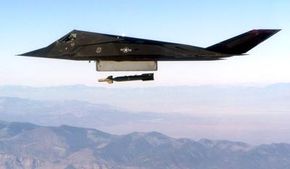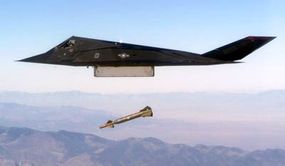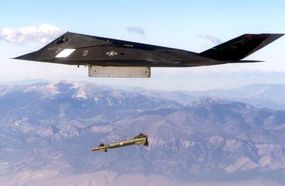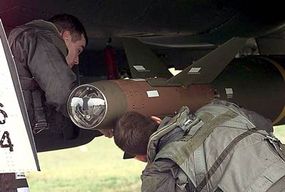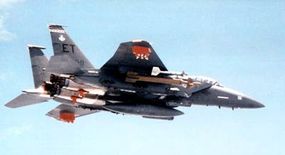Key Takeaways
- Bunker busters are specialized munitions designed to penetrate deep into the ground or through heavy fortifications before detonating.
- The use of depleted uranium in some bunker busters poses environmental and health risks, due to its radioactivity.
- Nuclear bunker busters, like the B61-11, combine penetrating capabilities with nuclear explosive power, raising environmental, diplomatic and ethical concerns due to their immense destructive potential and the fallout they generate.
There are thousands of military facilities around the world that defy conventional attack. Caves in Afghanistan burrow into mountainsides, and immense concrete bunkers lie buried deep in the sand in Iraq. These hardened facilities house command centers, ammunition depots and research labs that are either of strategic importance or vital to waging war. Because they are underground, they are hard to find and extremely difficult to strike.
The U.S. military has developed several different weapons to attack these underground fortresses. Known as bunker busters, these bombs penetrate deep into the earth or right through a dozen feet of reinforced concrete before exploding. These bombs have made it possible to reach and destroy facilities that would have been impossible to attack otherwise.
Advertisement
In this article, you'll learn about several different types of bunker buster so you will understand how they work and where the technology is heading.
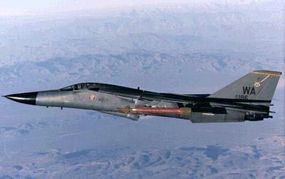
Conventional Bunker Busters
During the 1991 Gulf war, allied forces knew of several underground military bunkers in Iraq that were so well reinforced and so deeply buried that they were out of reach of existing munitions. The U.S. Air Force started an intense research and development process to create a new bunker-busting bomb to reach and destroy these bunkers. In just a few weeks, a prototype was created. This new bomb had the following features:
- Its casing consists of an approximately 16-foot (5-meter) section of artillery barrel that is 14.5 inches (37 cm) in diameter. Artillery barrels are made of extremely strong hardened steel so that they can withstand the repeated blasts of artillery shells when they are fired.
- Inside this steel casing is nearly 650 pounds (295 kg) of tritonal explosive. Tritonal is a mixture of TNT (80 percent) and aluminum powder (20 percent). The aluminum improves the brisance of the TNT -- the speed at which the explosive develops its maximum pressure. The addition of aluminum makes tritonal about 18 percent more powerful than TNT alone.
- Attached to the front of the barrel is a laser-guidance assembly. Either a spotter on the ground or in the bomber illuminates the target with a laser, and the bomb homes in on the illuminated spot. The guidance assembly steers the bomb with fins that are part of the assembly.
- Attached to the end of the barrel are stationary fins that provide stability during flight.
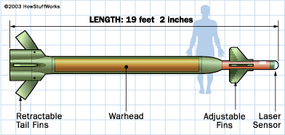
The finished bomb, known as the GBU-28 or the BLU-113, is 19 feet (5.8 meters) long, 14.5 inches (36.8 cm) in diameter and weighs 4,400 pounds (1,996 kg).
Advertisement

